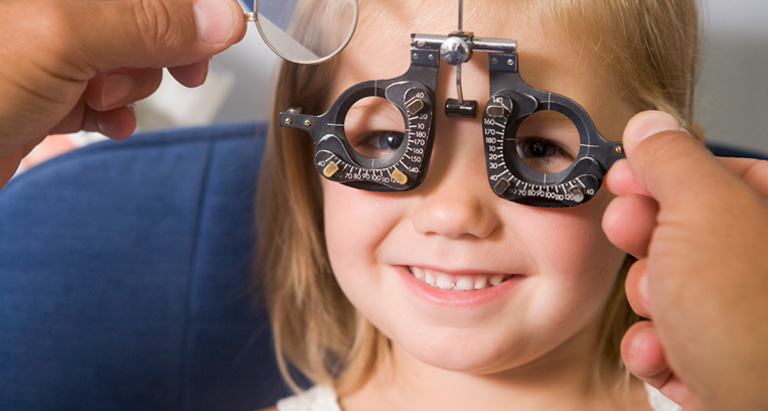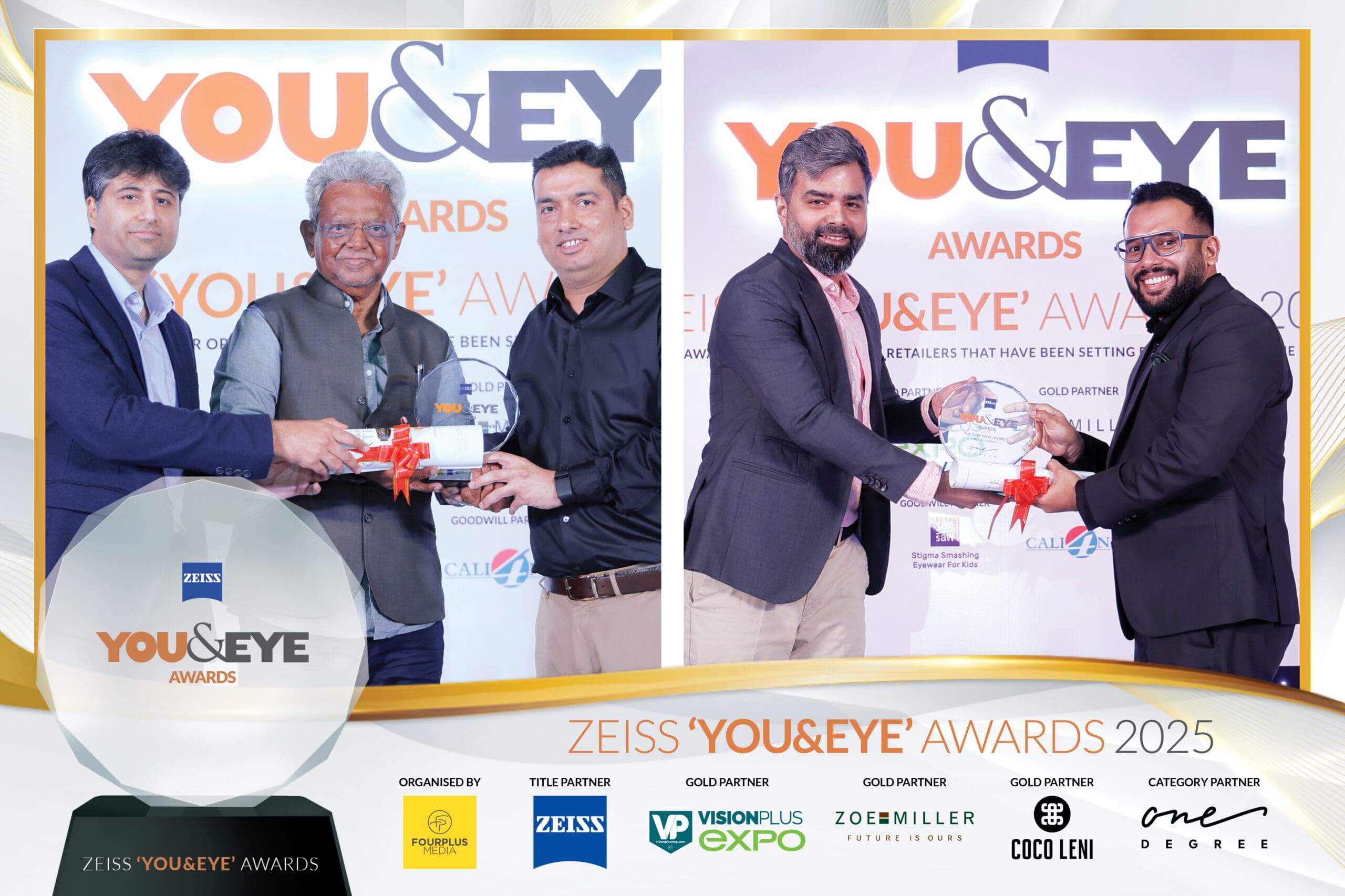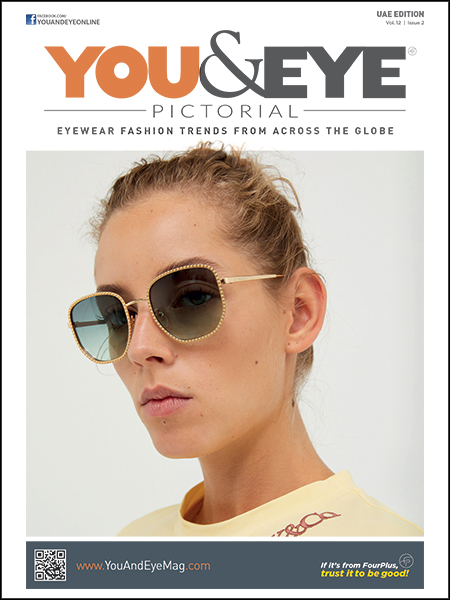Vision is rightly qualified as one of the most important senses that plays an important role through childhood and beyond. After all, 80% of what your child learns is presented to him or her visually
Main Article Right from childhood, there are many milestones in the development of the visual acuity of your child. For instance, in the first few months, a baby is able to focus on objects close by. Even the colours that he or she can see will appear in high contrast. However, by the time the baby reaches six months, his or her vision has developed considerably as they notice the difference in colours more distinctly.
During this development, it is important for the parents to focus on the child’s eyesight and keep a look out for possible vision problems that often show up at the most unexpected times. This is important because, as of now, around 25 percent of school going children have some sort of vision problem.
Many vision problems are associated with refractive errors like long or short sightedness, and even astigmatism, which occurs when the cornea is shaped more like a rugby ball than a football. In fact, there are times when a difference in refractive power between the eyes can often cause a lazy eye, which may go undetected by parents. Problems such as squint, are not uncommon either.
 However every cloud has a silver lining and even in this case if such eye problems are caught early on, they can be treated with glasses or patches and eye drops to make the weak eye focus better by strengthening the eye muscle. In some cases, children are also prescribed eye muscle therapy. Why should children get their eyes tested? Parents often ignore the importance of eyesight examination for their children.
However every cloud has a silver lining and even in this case if such eye problems are caught early on, they can be treated with glasses or patches and eye drops to make the weak eye focus better by strengthening the eye muscle. In some cases, children are also prescribed eye muscle therapy. Why should children get their eyes tested? Parents often ignore the importance of eyesight examination for their children.
However, this is absolutely wrong.Ideally, a child’s eyesight does not fully develop until the age of nine. This means that if there is a problem in the vision and it is noticed early – it’s easier to treat. For instance, if a condition like amblyopia or lazy eye (which can lead to permanent vision loss) is diagnosed early enough, there are better chances of successful treatment and complete recovery for the child. All this clearly indicates that early vision screening is very important for your child.
Ideally, pediatricians usually test children’s eyesight as part of a routine exam. If your pediatrician doesn’t, be sure to ask them. Nursery schools should also check your child’s eyesight, and notify parents if they suspect anything. From hereon, it is the responsibility of the parents to approach the ophthalmologist. Box Out Signs to look out for The most common symptom of an eyesight problem is when your child’s eyes are not straight or do not focus properly. Kids tend to sit close to the TV or hold objects and books close to their faces during activities and reading but if your child is abnormally close to something, check the eyes.
This could also be a symptom of ‘Lazy eye’, a condition when the good eye works overtime to compensate for the lack of vision or movement in the other. Another important indicator of a vision problem is when you child has problem coordinating the hand-eye movement. However, it is best advised to keep a watch out for such symptoms and ensure that your child receives the required medical attention to identify the issue and prescribe the required treatment. Injury protection
According to Dr. Darakhshanda Khurram, Consultant Paediatric Ophthalmologist at Moorfields Eye Hospital Dubai, there are no  official statistics in the UAE but in the USA, over 40,000 eye related sports injuries are treated every year. Therefore experts at Moorfields Eye Hospital Dubai recommend greater use of eye protection equipment for school going children whilst playing in playgrounds, indulging in organised sports and even working in science labs. These precautions help to prevent common eye injuries to a great extent.
official statistics in the UAE but in the USA, over 40,000 eye related sports injuries are treated every year. Therefore experts at Moorfields Eye Hospital Dubai recommend greater use of eye protection equipment for school going children whilst playing in playgrounds, indulging in organised sports and even working in science labs. These precautions help to prevent common eye injuries to a great extent.
Dr. Darakhshanda Khurram advises parents saying, “We should pay more attention to eye protection in the school environment, as accidents involving injuries to the eye are very common – from paper cuts to bruising during play and sports accidents. Of course, we cannot prevent every accident but there are some simple ways to reduce the risk such as the use of goggles in sports and in the science lab. The eye is quite a frail structure and so protection is important – we can repair damage around the eye very successfully but the eye itself is delicate and so protection is mandatory.”
Assessing the extent of any potential eye injury, and testing methods for checking the impact of these injuries on the vision of the student, are important in managing any eye injury,” added Dr Khurram. Preventive measures On a concluding note, vision is what helps your child to perceive the world around him or her, build their relationships and work towards achieving the fundamental milestones of development. Therefore, it is important for parents to stress on the regular eye examination of their little ones in order to ensure that their vision development is on the right track.
Credits: With inputs from the doctors at Moorfields Eye Hospital, Dubai








